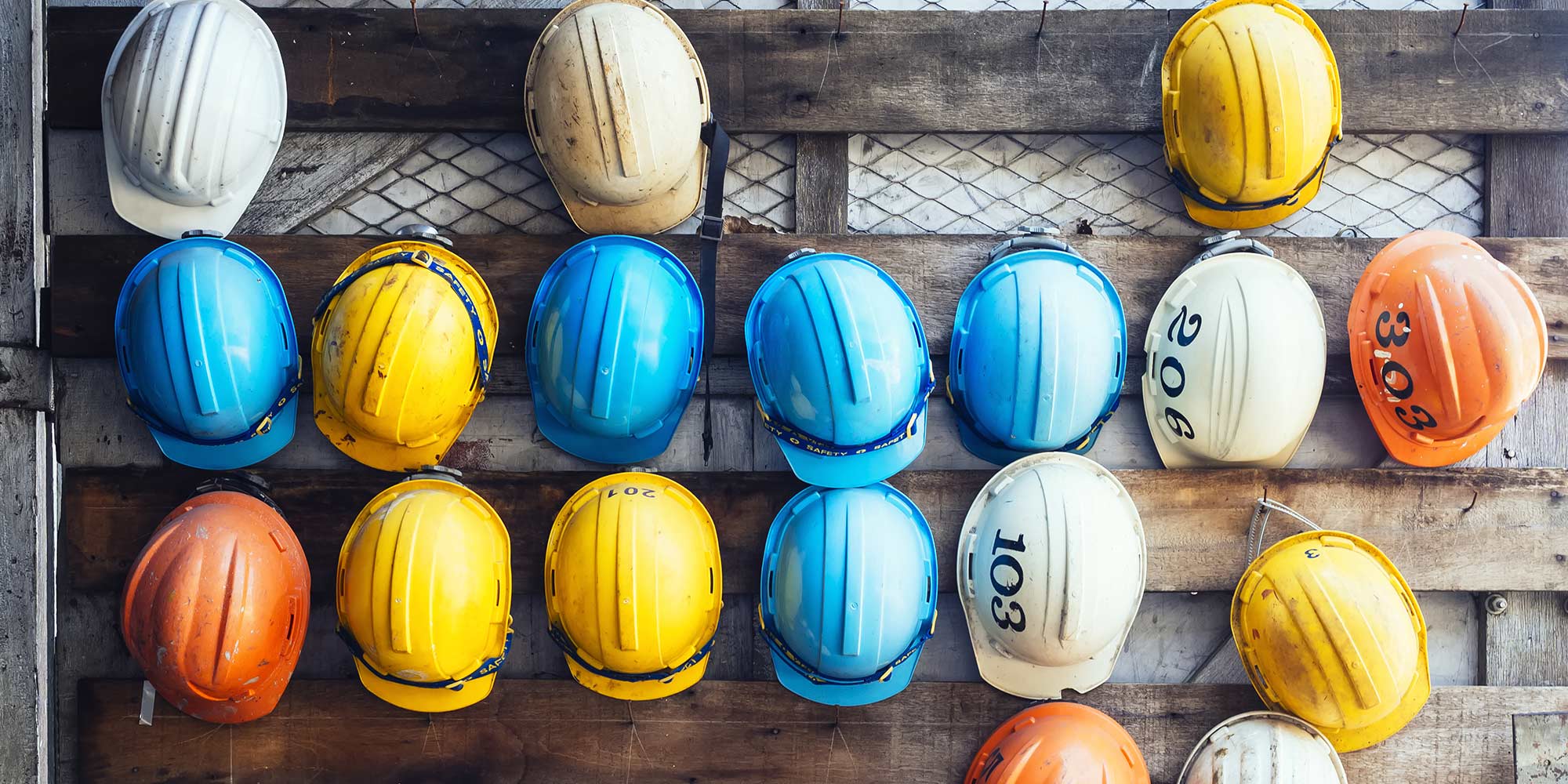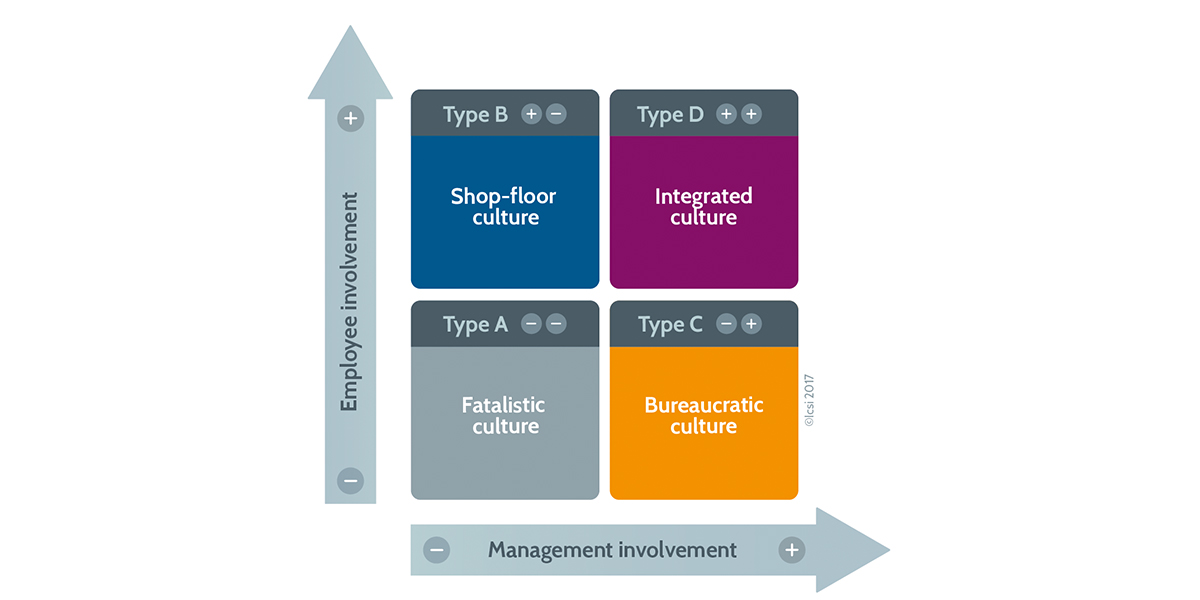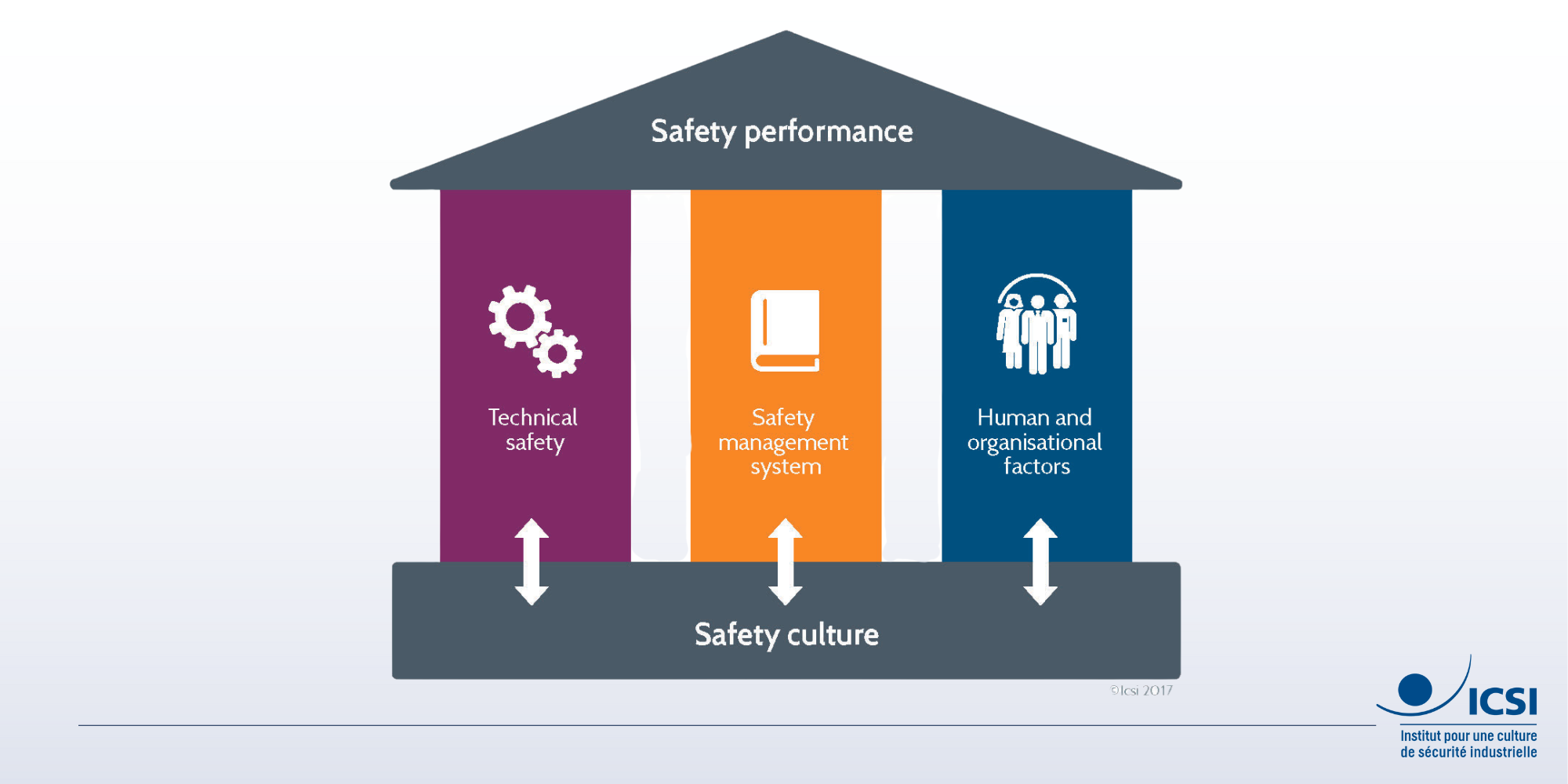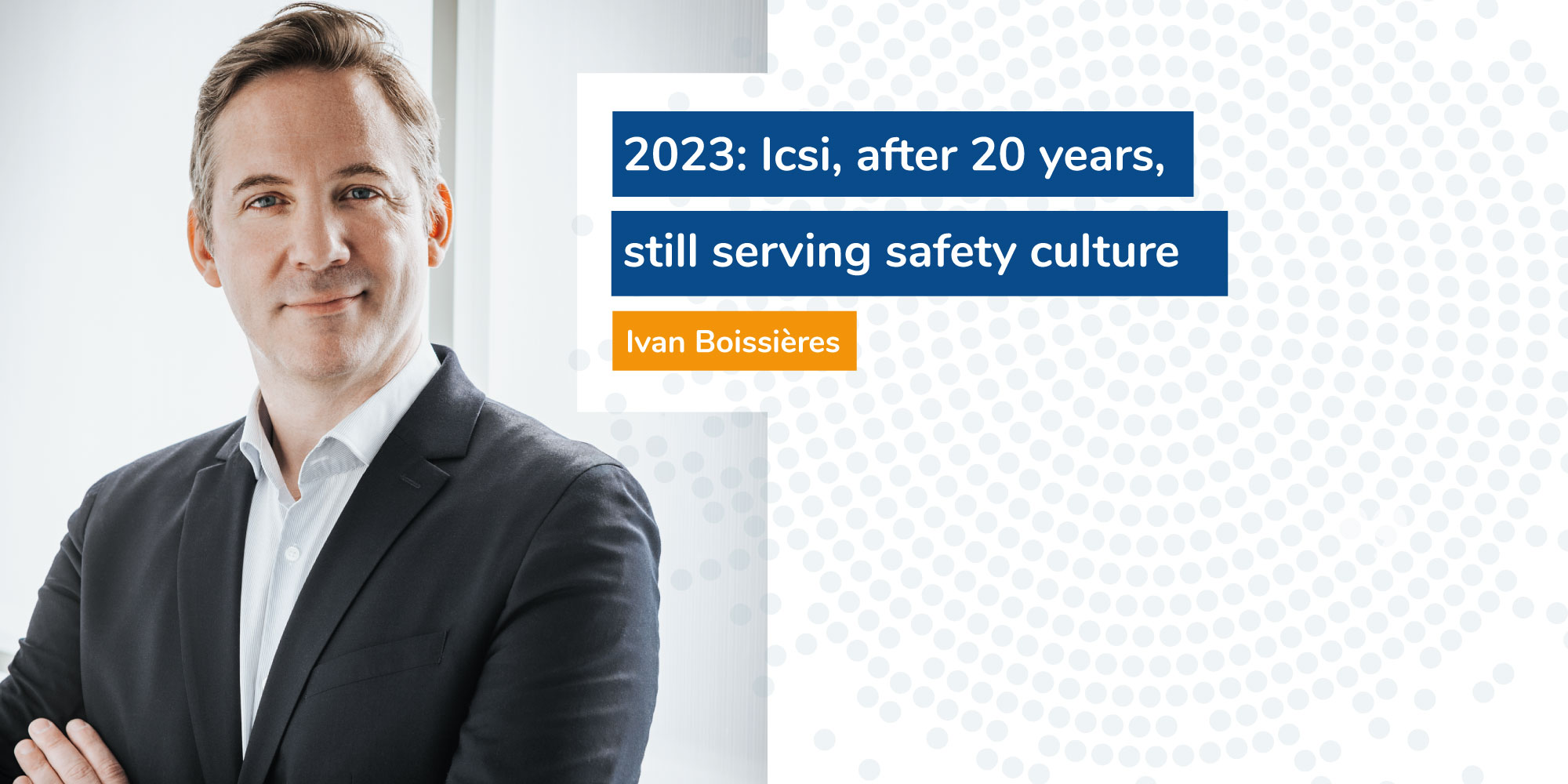Different types of safety culture
 Different types of safety culture
Different types of safety culture
Four broad categories of safety culture can be identified, based on the weight that managers and employees assign to safety in their decision-making process: the fatalistic culture, the shop-floor culture, the bureaucratic culture and the integrated culture.
| Safety cultures |
In any given company, a combination of several types of safety culture can usually be found, rather than just one.
Fatalistic culture
In a fatalistic safety culture, people are convinced that it isn’t possible to influence the level of safety; accidents are perceived as “a stroke of bad luck” or as acts of god.
Shop-floor safety culture
A shop-floor safety culture occurs when management does not place much importance on safety, but sharp-end workers develop their own prudent work practices to protect themselves against the risks associated with their occupation. These practices are perfected and get passed down from one generation to the next (one example is miners taking canaries down into the mines).
Bureaucratic safety culture
A bureaucratic safety culture develops when the company and its managers become responsible for the level of safety . It introduces a formal safety system, takes safety into account in investments, and relies on the different echelons of management to pass down orders and ensure they are followed. Safety measures developed in this top-down fashion may conflict with standard work practices within some occupational groups. Sharp-end workers may be reticent about implementing the requirements of the formal system or may have trouble doing so.
Integrated culture
An integrated safety culture also aims to achieve a high level of safety, but results from the shared conviction within the organisation that no single person holds all of the knowledge necessary for ensuring good safety performance. The prevention of major accident hazards requires the combination of a wide range of skills; it requires information to be circulated and evaluated, and the concern for safety should be reflected in all decisions at all levels, in all the company's processes.
| Towards an integrated safety culture |
In companies that already make safety a high priority, the way forward lies in shifting from a bureaucratic safety culture to an integrated safety culture. This requires taking into account what experts and management anticipate as risky situations, and listening to what sharp-end workers have to say about the reality of operations in the field.
An integrated safety culture implies that both managers and operational staff feel responsible for keeping the system safe through their activities and, to this end, interact with all of the other actors involved. It requires strong leadership from management, increased involvement on the part of employees and their safety representatives, a redefinition of the role of HSE experts, and fluid interfaces between departments, and with external companies.
| Read more |
The essentials of safety culture, a 24-page illustrated summary.




